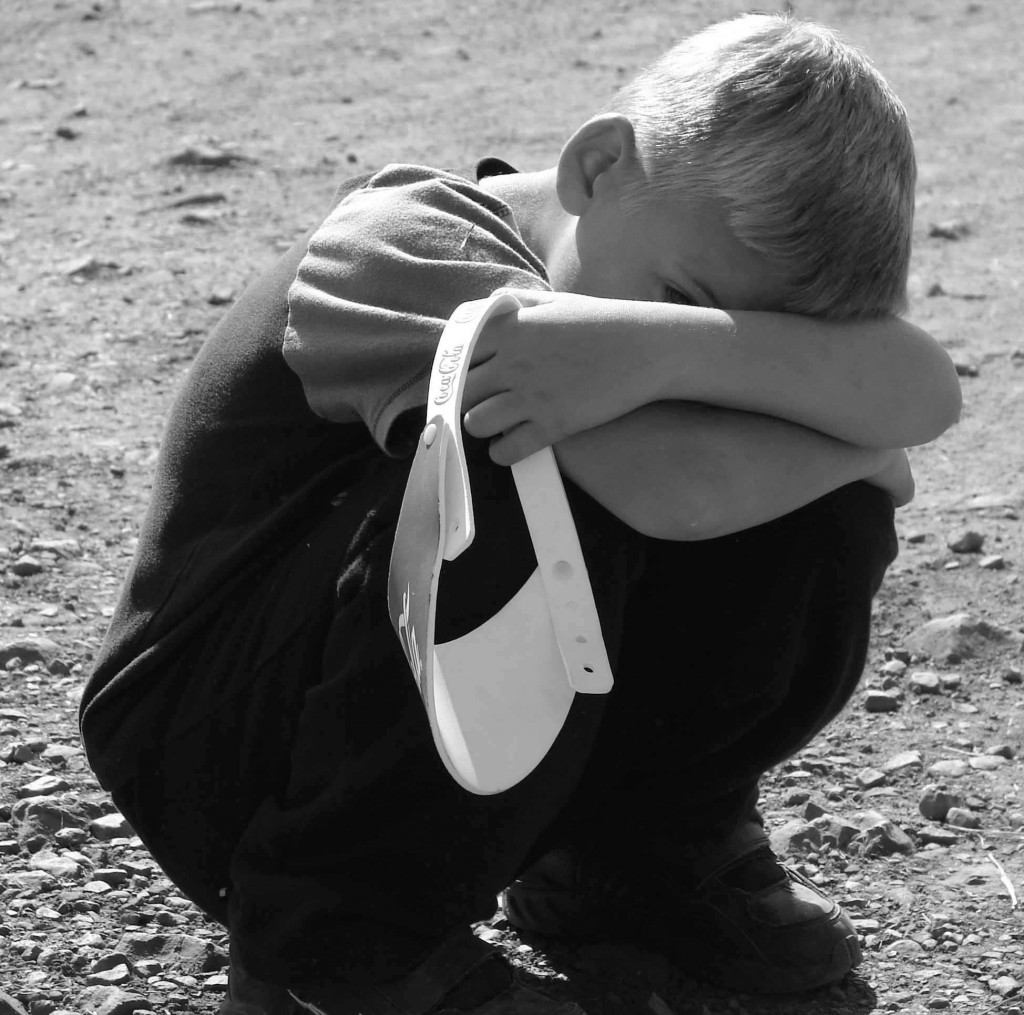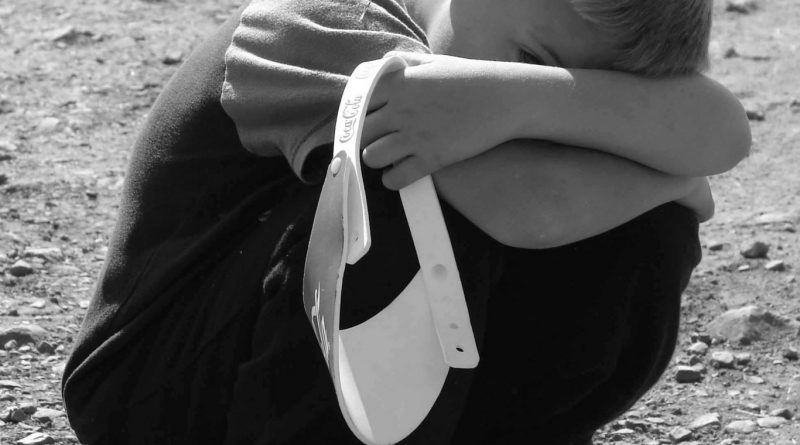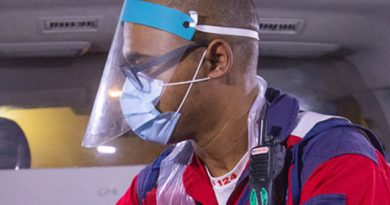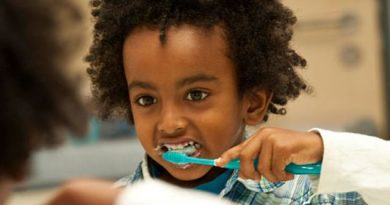Are we compromising out Children’s Health with a decline in physical activity and physical education?

A decline in physical activity and physical education, as well as poor eating habits and increased sedentary time are leading to a significant increase in childhood obesity on one hand and stunted growth on the other. If not addressed now, the incidence of lifestyle diseases is likely to rise dramatically in the future.
Childhood obesity is at epidemic proportions and research from the 2010 Healthy Active Kids South African report card (2010 HAK report card) shows an increase in the prevalence of overweight and obese teenagers between 2002 and 2008 (overweight from 17% to 20% and obesity from 4% to 5%). Stunting due to under-nutrition was also prevalent in about 13% of teenagers surveyed (up from 11% in 2002). While these two aspects of health may seem to be on opposite ends of the spectrum, they are actually closely related and stunted children often become obese later in life.
Inactivity, obesity and unhealthy eating, and smoking are globally recognised as the top three lifestyle risk factors that predict four major diseases – cardiovascular disease, diabetes, lung diseases and cancer. South Africa is no exception and the health sector is seeing a massive increase in chronic diseases relating to lifestyle.
Healthy lifestyle behaviours developed during childhood and early experiences often lay the foundation for adult health and quality of life. Family, friends and social networks, school, workplace and community, the physical and built environment, government policy and the cultural and economic environment all play a critical role in the future health of children.
At home, parenting styles may play a role in how children relate to food. Research by UCT’s Medical Research Unit indicates that being overly authoritarian and not allowing children to make their own choices with regard to food could be just as unproductive as being overly permissive or neglectful and allowing them to eat whatever they choose. The study says parenting style may be one area that is mutable as parents are in a position to provide explicit modelling and logistic support.
By providing balanced meals for breakfast, lunch and dinner, discouraging the skipping of meals and incorporating more fresh fruit and vegetables into their children’s diets, parents can provide them with the right fuel to learn and grow.
For disadvantaged families, the greatest challenge is how to get access to healthy food for their children with a limited budget. In many instances the cheaper option is the unhealthier option and processed foods end up in the shopping basket rather than fruit and vegetables.
Parents also need to do their homework before giving their children money to spend at the school tuck shop. Does the tuck shop stock healthy snacks rather than their less nutritious alternatives? According to the 2010 HAK report card nearly 45% of adolescents surveyed often buy from the school tuck shop, with more than one in five buying sweets, chocolates and crisps. On a positive note, the South African Department of Health is developing a policy guideline for school tuck shops.
From tuck shops to physical education, schools can play an important role in ensuring children get healthier and more active. The 2010 HAK report card showed a decline in physical activity, physical education and an increase in sedentary time since the 2007 HAK report card. Less than 70% of high school learners reported having regularly scheduled physical education and physical education classes, in disadvantaged primary schools this is even less.
Many schools in South Africa lack structured growth plans aimed at building a child’s sporting capabilities and hand-eye coordination. Physical education teachers and coaches in schools are not always adequately qualified for their roles, while others tend to focus on building winning teams and ignoring the children who are moderate achievers. In poorer schools, there is often a lack of sports infrastructure and resources.
Importantly, the Department of Education’s amended Curriculum and Assessment Policy Statements (CAPS) (in effect since January 2011) make provision for two hours of weekly physical education for children in foundation phase and one and a half hours per week for those in intermediary phase. In addition, a fixed period is dedicated for physical education for seniors (grades 10 to 12) each week. This is in line with global calls for action such as the Toronto Charter for Physical Activity.
Schools and parents need to take joint responsibility for providing the best education possible for children and encouraging them to embrace a more active and healthier lifestyle. This is not a change that will happen overnight, but it is one that needs to be made now to build a better foundation for this country’s future adults.
The Department of Sport and Recreation’s mass participation programme, Siyadlala, which is aimed at sports coaching and increasing the number of sport clubs in SA, was recently evaluated and is meeting and, in some instances, exceeding targets for participation and implementation. Encouragingly, various ‘sport for development’ initiatives by non-governmental organisations and NGO-partnered or private sector sponsored school-based interventions are also providing an effective platform for promoting health through sport and physical activity in children and youth.
While current obesity and physical activity trends remain concerning, these initiatives point to an increased awareness of the benefits of healthy eating and regular exercise. If all stakeholders – parents, schools, government, NGOs and the private sector – commit to promoting healthier lifestyle choices, South Africa’s children will stand a better chance of enjoying a healthier future.
Dr Craig Nossel
Discovery Health’s Head of Vitality Wellness




